Conventional medicine: Dislocation of the shoulder
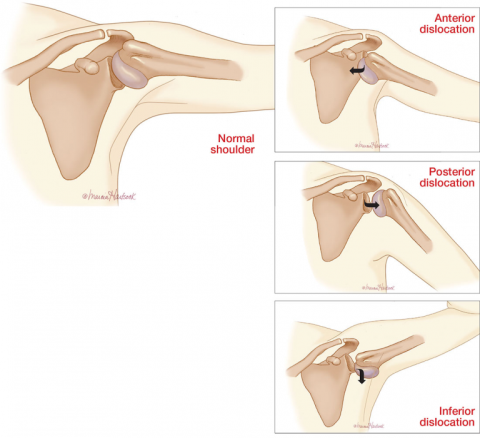
Shoulder dislocation is the most common of all dislocations. In which, most of the dislocation of the shoulder is anterior. If not treated properly, shoulder dislocation can leave many complications. Let's learn about the mechanism of shoulder dislocation as well as the treatment and recovery time of this common condition.
content
- 1. What is a shoulder dislocation?
- 2. How does shoulder dislocation happen?
- 3. Symptoms of shoulder dislocation
- 4. What should be done when dislocated shoulder?
- 5. Treatment of shoulder dislocation fracture
- 6. How long does it take for a dislocated shoulder to heal?
1. What is a shoulder dislocation?
Shoulder dislocation is a condition in which the head of the arm bone moves out of its normal position in the shoulder joint.
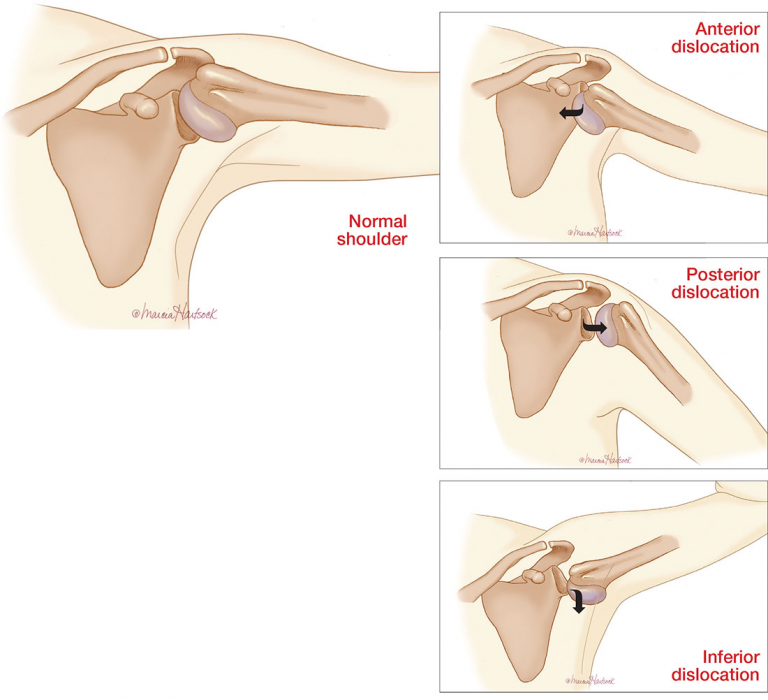
Shoulder dislocation is a condition in which the head of the humerus moves out of its normal position in the shoulder joint (Source: Maihua haitsock)
The shoulder is one of the most prone to dislocations in the body. This is because the top of the humerus attaches to the shoulder joint in a relatively mobile position of the acetabulum. This makes the arms extremely flexible and able to perform movements in many directions. But at the same time not very stable.

(Source: update) Structures around the shoulder joint
In some cases, the tissues around the shoulder joint can also be damaged or even torn due to overstretching.
2. How does shoulder dislocation happen?
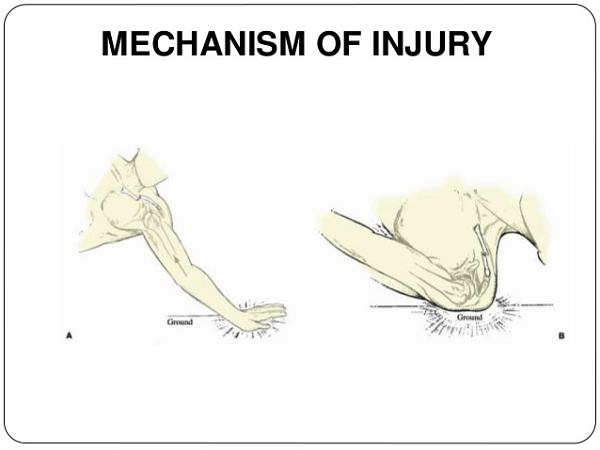
Mechanism of shoulder dislocation (Source: image.slidesharecdn.com)
Shoulder dislocation can happen when you fall in a position that hits your shoulder on the ground. Usually, shoulder dislocation is common in sports patients or sports accidents.
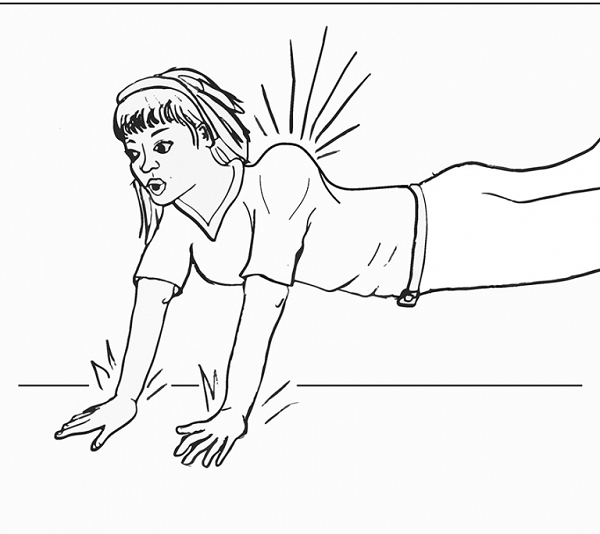
Shoulder dislocation in falling position (Source: www.bmj.com)
In some elderly patients, dislocation can occur in the fall on the arm. Patients with pre-existing shoulder disease are also more likely to dislocate.
3. Symptoms of shoulder dislocation
In most dislocations, the proximal humerus dislocates anteriorly to the acetabulum. Possible symptoms such as
- Limit arm movement, when moving will cause very severe pain
- The patient's shoulder area will look more square than the opposite normal shoulder
- Sometimes raised masses are observed in the proximal humerus, under the skin, and in front of the shoulder joint
Rarely, the top of the humerus pops out of the shoulder joint backward. This condition is more common in epileptic patients, following electric shock. Posterior shoulder dislocations are very often overlooked.
>>>Maybe you are experiencing a shoulder concern called shoulder pain? You don't know if they are dangerous or not. Let's answer questions with the article : " Shoulder pain: Are symptoms worrying "
4. What should be done when dislocated shoulder?
– Go to the nearest medical facility immediately if you have symptoms of shoulder dislocation mentioned above.
Don't try to reposition your shoulder on your own. Attempting to self-align the shoulder can further damage the blood vessels and nerves surrounding the shoulder joint.
- While waiting for the support of the doctors, try to keep the shoulder and upper arm immobile, limiting movement as much as possible.
– Place soft materials, such as blankets or pillows, between your arms and torso to better support and immobilize the arms. Keep hands close to body and elbows bent.
5. Treatment of shoulder dislocation fracture
You need to be examined and evaluated at medical facilities. Usually, an X-ray of the shoulder joint will be needed to find fracture sites if present and confirm shoulder dislocation.
If the shoulder dislocation is accompanied by fractures, sometimes a CT scan is needed to get more information. Fractures associated with shoulder dislocations should be evaluated by orthopedic specialists, sometimes requiring surgery.
If you don't have a fracture, a shoulder dislocation can be repaired with shoulder dislocation techniques.
Shoulder dislocation
The patient will first receive pain medication to help relax before the manipulation.
Dislocation is usually done right in the emergency room, but some difficult cases need to be corrected in the operating room under anesthesia by a team of orthopedic specialists.
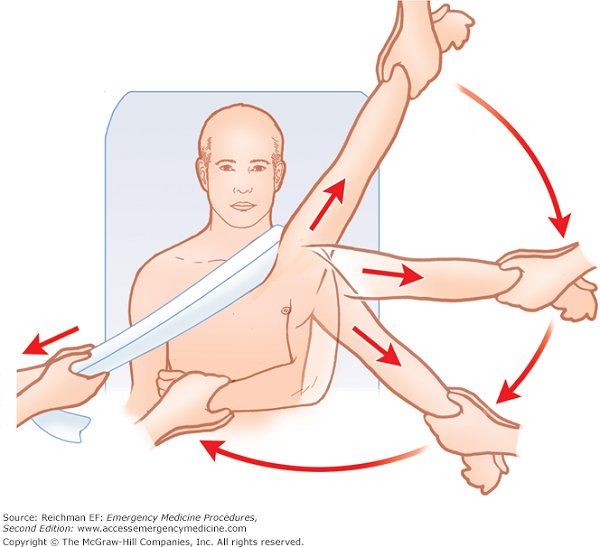
Treatment of shoulder dislocation fracture – Source: https://accessemergencymedicine.mhmedical.com
Usually the patient lies in bed, the doctor will try to pull and rotate to bring the head above the humerus back to its normal position at the shoulder joint. This dislocation technique can take several minutes.
After manipulation, the patient should have an X-ray to check after manipulation to determine whether the upper arm bone is in the correct position or not.
6. How long does it take for a dislocated shoulder to heal?
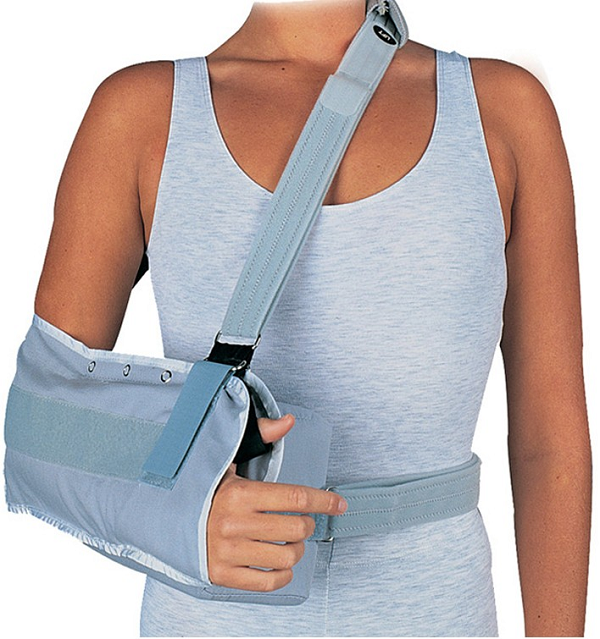
Patients with shoulder dislocation must wear a belt for several days. Source: https://southwestmobility.com.au/
Patients can go home after successful dislocation, however, when returning home, they need to rest and wear the belt for a few days until the pain subsides.
After a few days the patient can stop wearing the belt. However, if the patient has a fracture that is accompanied by a dislocation of the shoulder, wearing the belt can take up to 6 weeks to recover.
Normally, the shoulder joint takes 12 to 16 weeks to heal after it has been straightened and returned to its normal position. After 12 weeks, mild shoulder movements can be restored. Then, after 16 weeks, most shoulder movement can return to almost normal.
Above is the basic information about shoulder dislocation. Hope to provide initial information to help readers easily continue to learn more about this common type of dislocation
Do not hesitate to leave questions in the comments section, as well as share the article if you find it useful. Looking forward to receiving your feedback as well as accompanying you in the next articles.
(*) The article is for reference only, please contact your doctor for more information.
Doctor Ngo Minh Quan